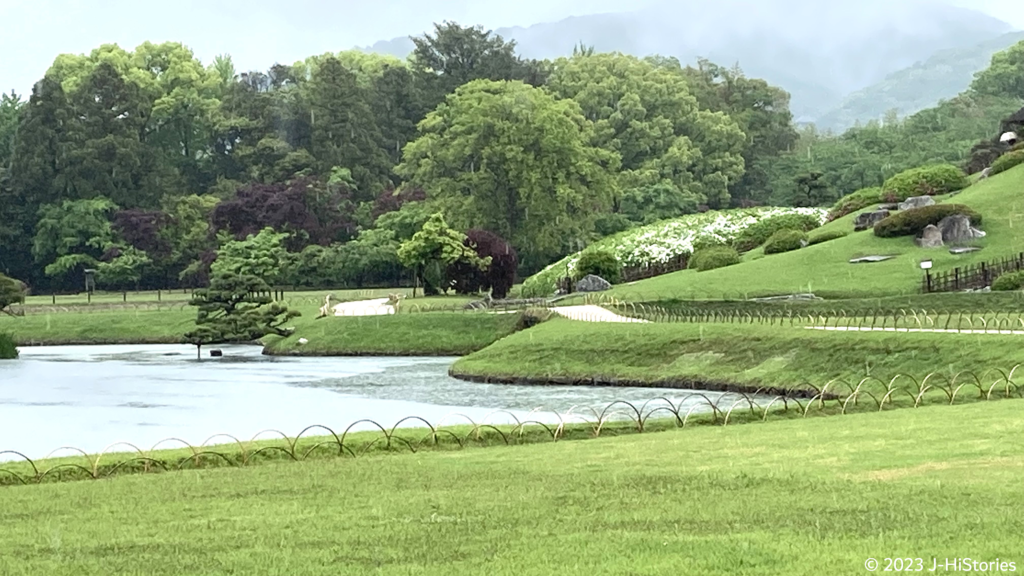The Japanese garden embodies an exquisite spatial design, blending seamlessly with nature and surrounding structures. During the Heian period (794-1185), gardens were crafted to represent the Buddhist Pure Land, exemplified by the Byodoin Garden, to resemble a paradise within our earthly realm. As samurai rule rose in the Kamakura period (1185-1333) and Zen Buddhism flourished in the Muromachi period (1333-1573), gardens followed a pond-and-spring style, reflecting Zen principles. These tranquil gardens showcased seasonal flora and trees, featuring a central pond and hillocks adorned with natural stones. In addition, Karesansui (dry landscape) gardens, mimicking water flow using white sand, were created.
Imperial Gardens
Katsura Imperial Villa
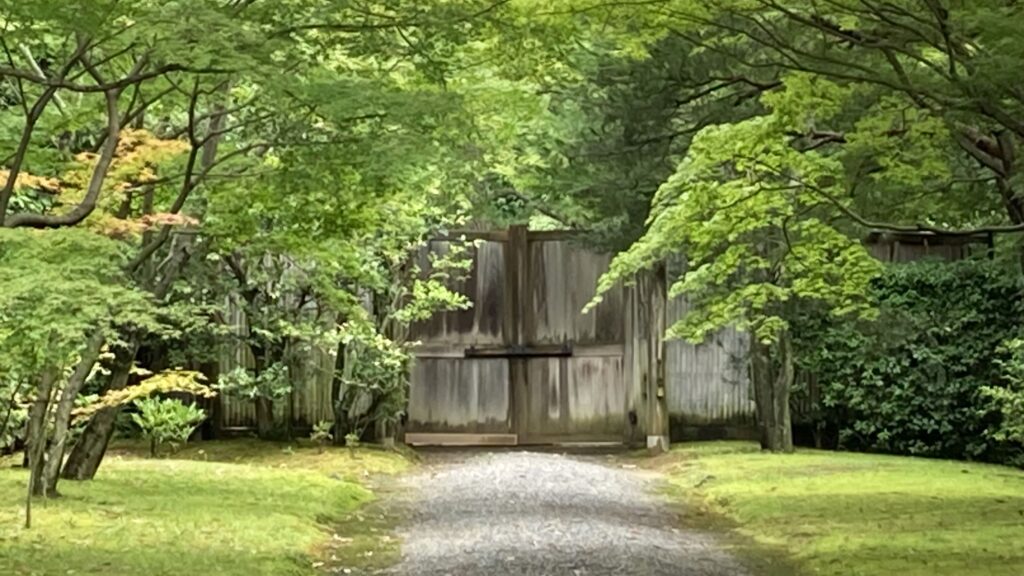
Authentically beautiful architecture created by two aesthetic crown princes. A must- enjoy the functional beauty of the stone path.
Shugakuin Imperial Villa
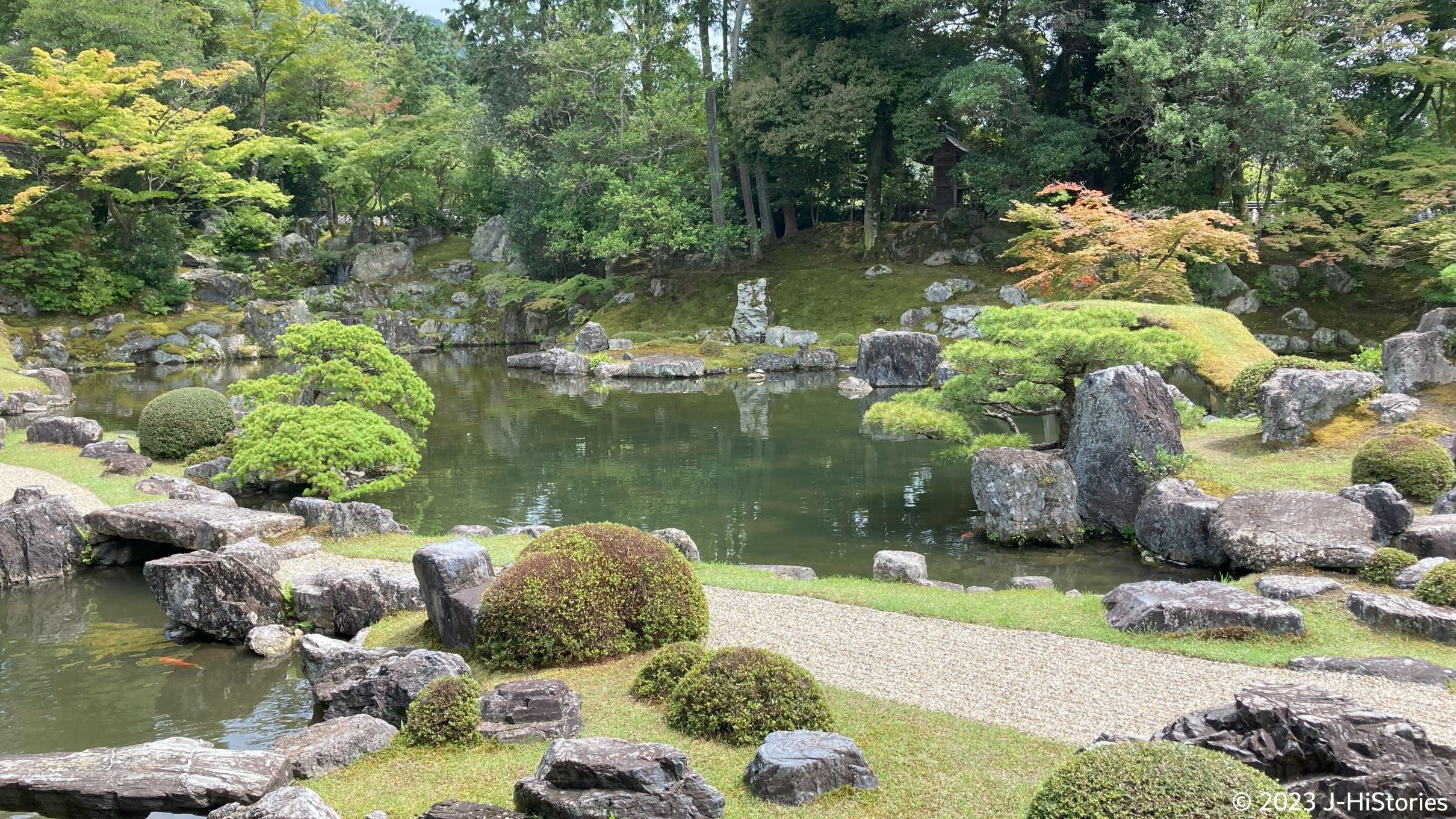
After long days of patience, Emperor Gosui reached the fulfillment of his life, which was the Shugakuin Riky
Sento Imperial Palace
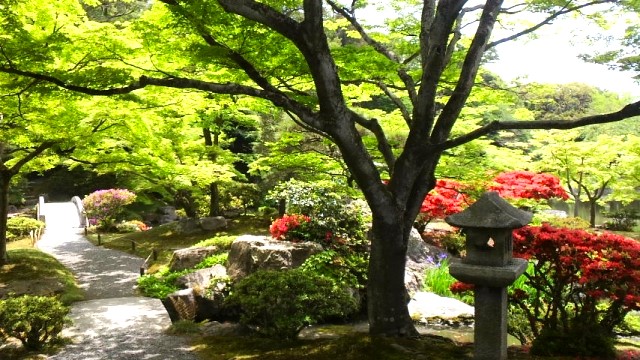
A large garden of a secondary palace complex in Kyoto on the occasion of Emperor Gomizunoo's retirement. It's a great garden to visit
Zen Gardens
Saihoji (Moss Temple)
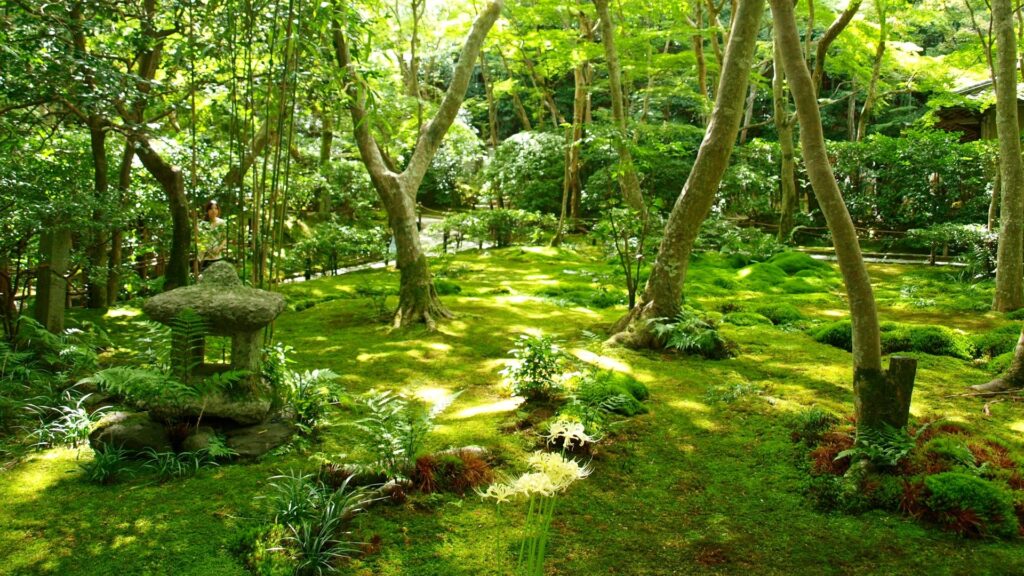
The Dry Landscape Garden was created by Muso Soseki, a monk of the Rinzai sect of Zen Buddhism and a garden designer. Over time, it became a famous Moss Temple.
Kenninji Temple
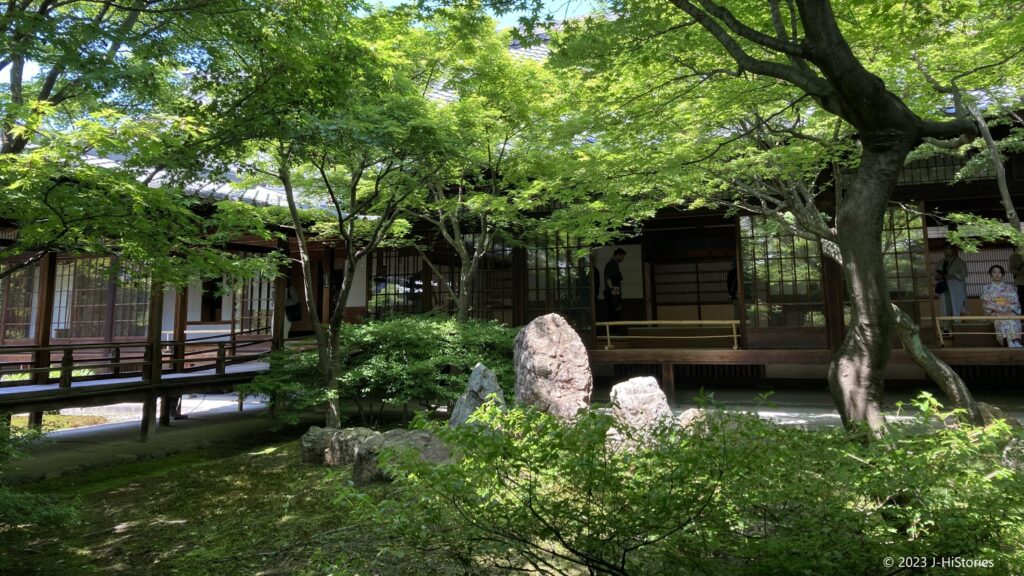
The Daioen garden in front of Hojo Hall is a dry landscape garden with white sand paved over it. In contrast, the karesansui-style small garden called Choontei can be viewed from all sides.
Ryoanji Temple
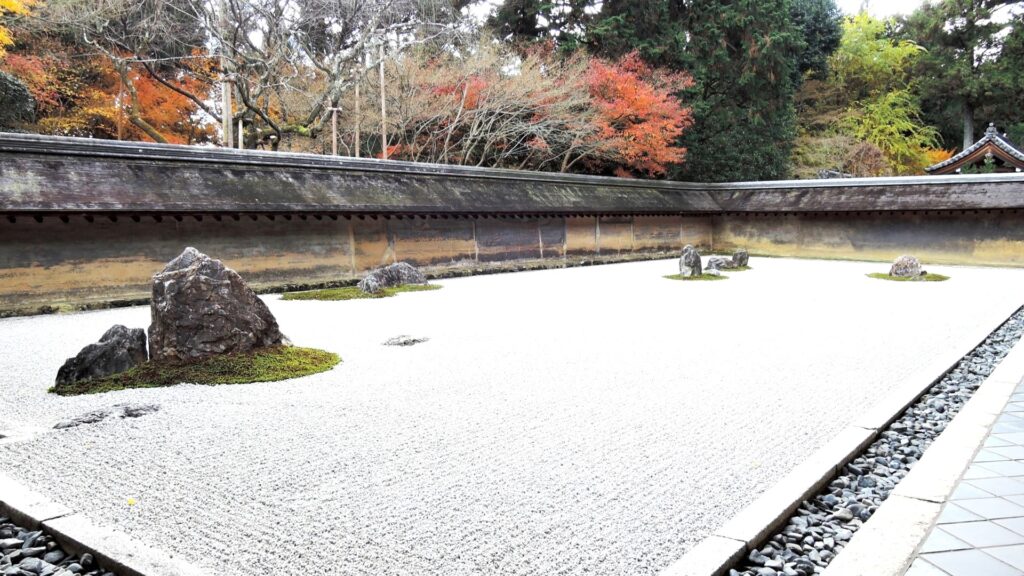
The famous Dry Landscape garden consists of 15 stones and moss on the white sand. It is fun to look at the stone arrangements while solving the riddle of their meaning.
Chisen-Kaiyu-style Gardens with a Path Around a Central Pond
Tenryuji Temple
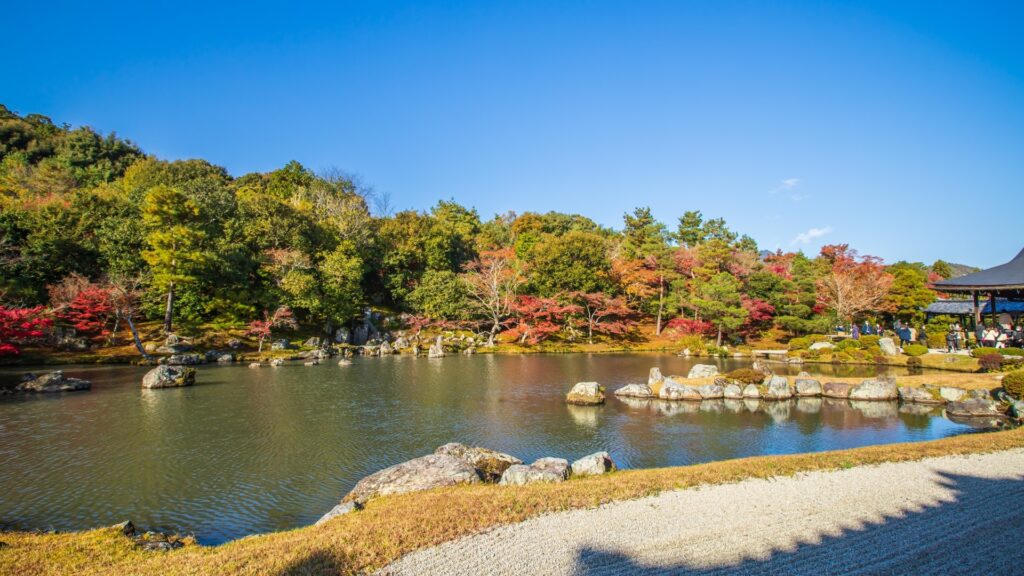
Located at Arashiyama, Shogun Ashikaga Takauji built Tenryuji Temple to mourn Emperor Go-Daigo. Sogen pond garden and Could Dragon painting are spectacular.
Koishikawa Korakuen

Located at the center of Tokyo, the Lords of the Mito Tokugawa Family, Yorifusa and Mitsukuni, created the garden. You can enjoy a journey from Edo to Kyoto here.
Ritsurin Park
Three Outstanding Gardens in Japan
Kenrokuen in Kanazawa
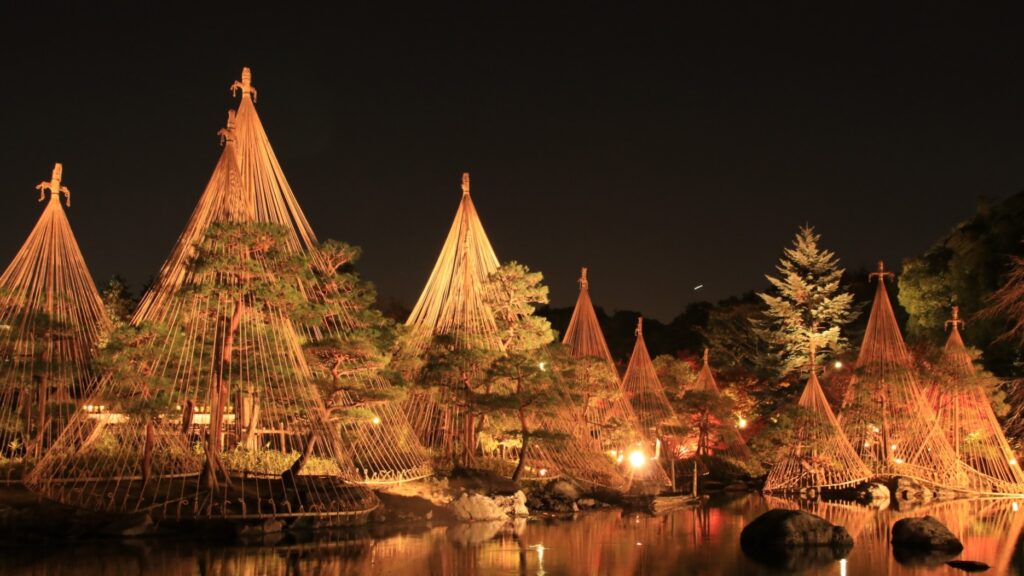
Kenrokuen is a strolling garden of the Maeda clan of the Kaga domain. The domain survived through the Edo period, thanks to the survival strategy of the lords.
Kairakuen in Mito
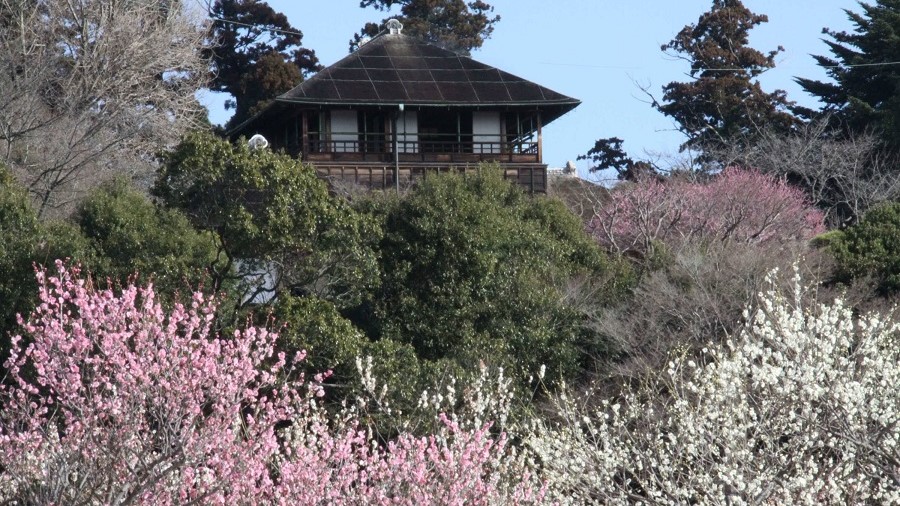
Kairakuen is a beautiful garden with 3,000 plum trees built by Lord Tokugawa Nariaki in the Mito Domain, making his retainers and people enjoy here.
Korakuen in Okayama
